
Dyckia brevifolia
OBS: This here is just a bit of what you will see on the next postings.
I am for a few hours back home and will be going North tomorrow, Monday.
So this is just an appetizer of what you will see here.
I faced freezing cold temperatures as it is winter in Brazil and I am in South and in highhills regions. I could collect seeds and also found some extremely dazzling gorgeous new regional variations of some of the most beautiful "must haves" Brazilian Dyckias.

Dyckia brevifolia is a reophytic species.
It grows on rocks where the mighty Itajaí River waters pass flowing fast amid these rocks.
Notice Dyckia brevifolia may present a leftover of frosting, a very mild one.
Notice also the proximity to the fast flowing cascading water water and the rocky terrain.
Dyckia brevifolia has one of the most perfect and elegant rosettes among Dyckias.
Bellow you see seedlings and not a seedling with its sprouts.
Notice Dyckia brevifolia may present a leftover of frosting, a very mild one.
Notice also the proximity to the fast flowing cascading water water and the rocky terrain.
Dyckia brevifolia has one of the most perfect and elegant rosettes among Dyckias.
Bellow you see seedlings and not a seedling with its sprouts.

Below, we see one Stunning Dyckia sp hebdingii affinis minor
This is already way down south in Rio Grand do Sul.
This is an adult plant of a small sized hebdingii variety.
Notice the cactus growing close to it.
Cacti and Dyckias may share homes in nature.

Below and above we see Dyckia hebdingii.
Notice the bluish overall color, the rock and not rocky terrain and the ever present moss.
Mosses help Dyckia seeds germination and also act as a source of food and water to the seedlings.
Mosses are sponges that hold water and humidity for the tender young seedlings but even so a seedling in nature is a very hard to find event and I guess less than one seedling comes out from more than many thousands seeds.
Notice the bluish overall color, the rock and not rocky terrain and the ever present moss.
Mosses help Dyckia seeds germination and also act as a source of food and water to the seedlings.
Mosses are sponges that hold water and humidity for the tender young seedlings but even so a seedling in nature is a very hard to find event and I guess less than one seedling comes out from more than many thousands seeds.

Above, Dyckia sp hebdingii aff. minor
This stunning beautiful plant presents some regional varieties and I
am not able to tell which one is the most beautiful. Minor has short stiff and straight leaves and of course, the plant rosette is much smaller than the hebdingii type form, bellow.

Dyckia hebdingii
They present a bigger rosette than minor does and presents longer leaves.
It is evident they are very similar to one another and once out from the field you will require an expertize eye on them to distinguish one from the other.

Below a Dyckia reitzii rubra form damaged by the intense frost.
Just a severe frost can burn a Dckia reitzii leaf.
The temperature here recently dropped to -12 Centigrade.
Yes, here in Brazil, Cambará do Sul. Reitzii is a magnificent plant which blooms fantastically
and in a unique way among all Dyckias.

Dyckia reitzii rubra.
This is endemic to a limited small area among green regular Dyckia reitzii plants.

Note:
I am now leaving my home in Joinville to another journey this time North.
It is Monday morning and I will not be back home until Saturday.
I am taking my laptop with me and this time the proper cable to allow me to download the pictures from my camera to show you more. What you just saw above is a sample of what I´ve seen. I took more than 400 pictures and you are invited to dream with me...yes, it always seems to be a dream...
Thank you for laying your eyes and minds on my blog.
I tried my best to handle your eyes in the fields.
I hug you...in a Brazilian way...tight and festively.
.










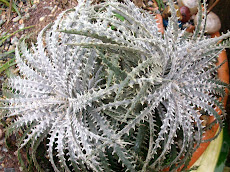



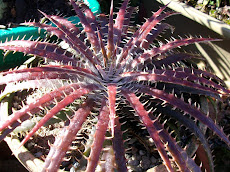
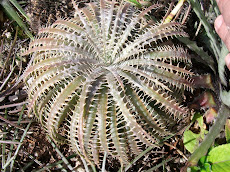
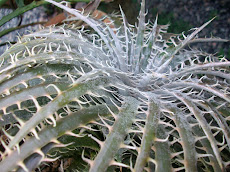

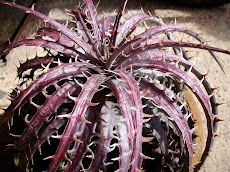

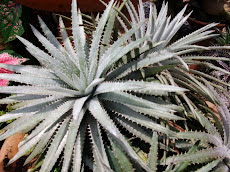

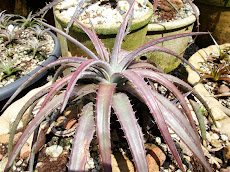
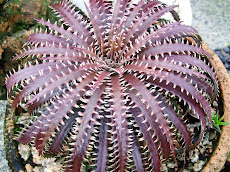

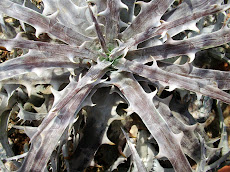
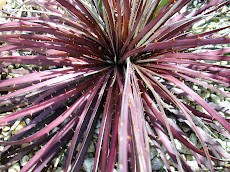
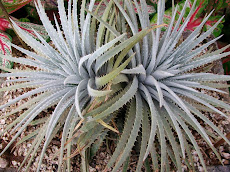
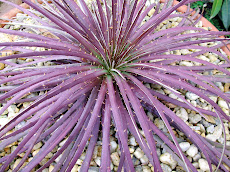
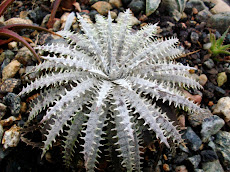
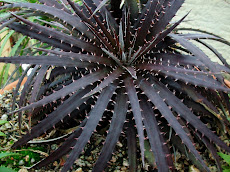
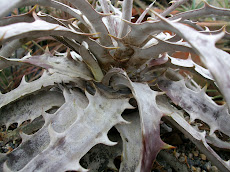

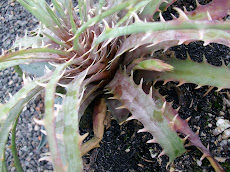

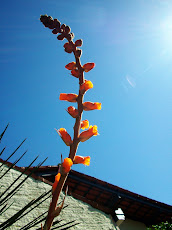
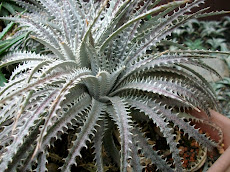

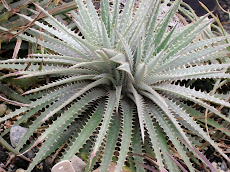
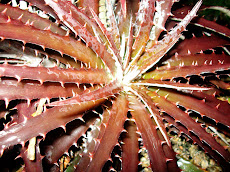
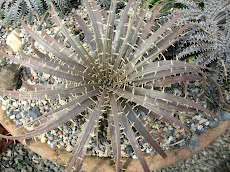

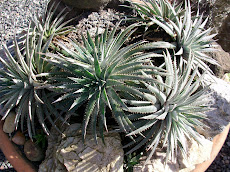
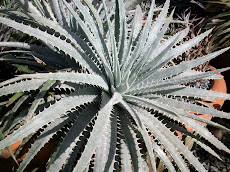

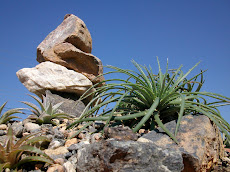
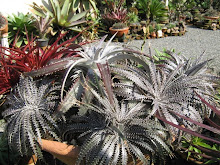
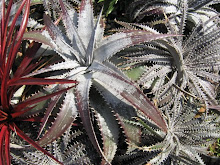
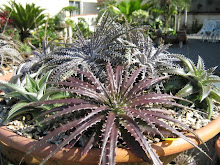
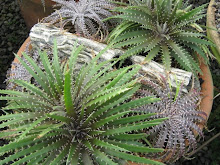
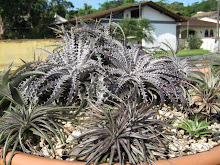
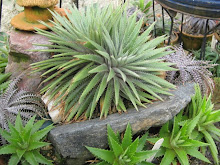

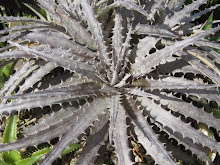
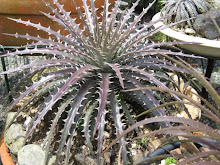
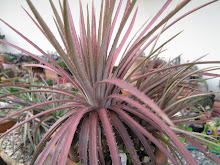

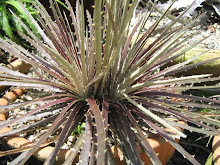
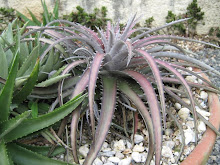
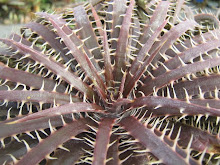



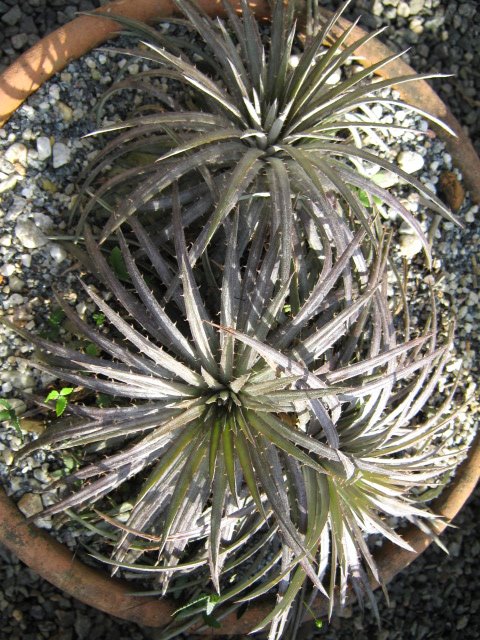
No comments:
Post a Comment